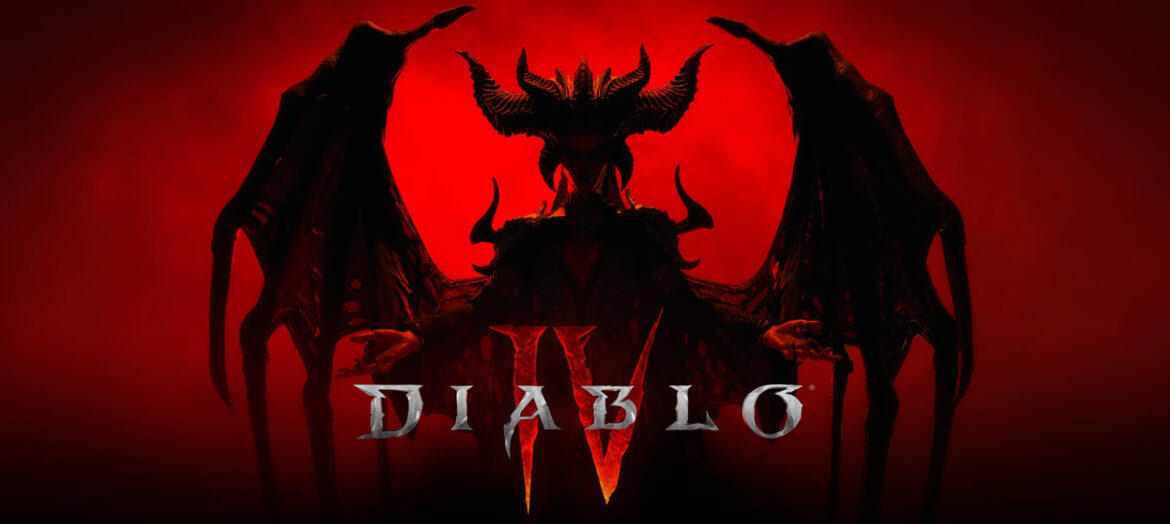Release Date : June 6, 2023
Developer(s) : Blizzard Team 3 / Blizzard Albany
Publisher(s) : Blizzard Entertainment
Platforms : PS4, PS5, Xbox One, Xbox Series X/S, PC
With its first three episodes, The Diablo Saga has certainly shaped the world of video games we know today. So Diablo 4 has the heavy task of doing, if not better, as good as the first three great hack’n’slash games. Rod Fergusson, head of the franchise at Blizzard, has described this fourth installment as ” the best of them all “. But is it really the best? You’ll find the answer in this spoiler-free review.
Table of Contents
Divine Direction for a Diabolical Story
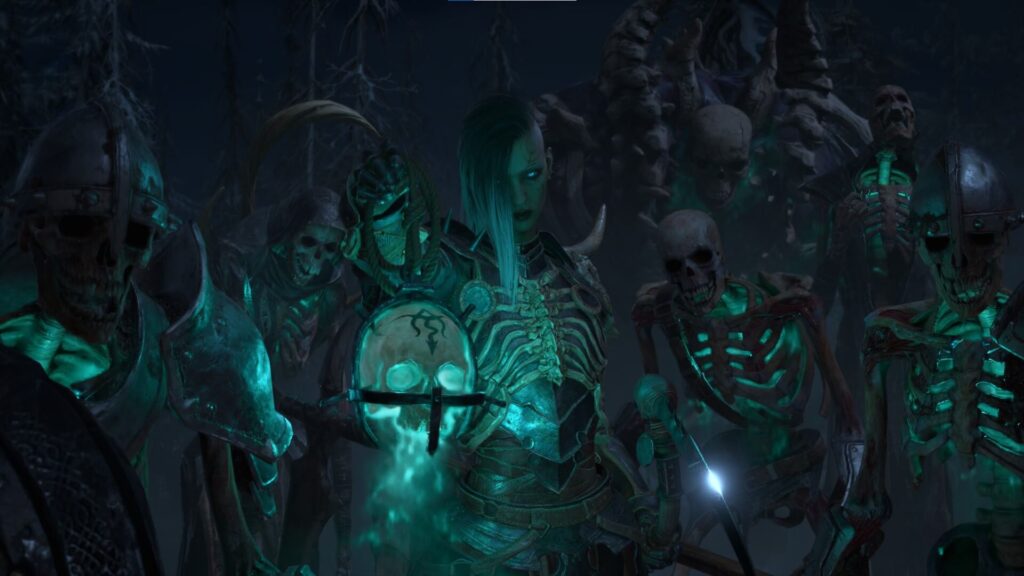
It’s a complicated question to answer, given how times have changed. Diablo 3 was released in 2012 with the ambition of attracting an even wider audience than Diablo did in its time. 11 years and 65 million players (2022 data) later, we can safely say that the mission has been successful. One of the key reasons for this success is the storytelling, which has never been so prominent in a Diablo game before.
Blizzard has been working hard on this point. Not only does Diablo IV’s campaign last about twice as long as its predecessor’s, but it also benefits from a highly polished staging. Cinematic sequences are numerous, and Blizzard excels in this area, making them immersive: the character created and customized by the player stands out for his presence and his speeches. And it’s worth mentioning that he does have a say: his blood has been mixed with Lilith’s. She is the creator of Sanctuary and, more importantly, the daughter of Mephisto, Lord of Hate and one of the three biggest demons in the Underworld. She has been freed from her prison and has only one desire: to enslave all mankind in order to execute her plans.
That’s pretty much the plot of Diablo IV. It’s still an angel-demon conflict, but nothing is all angel or all demon. It unfolds gradually, with the arrival of protagonists with strong personalities. We don’t necessarily get attached to everyone, but we do manage to respect everyone’s beliefs. A strong point, especially since they’re enhanced by the excellent voice-over performance.
Angel and Devil on your shoulder, who will you listen to?
The campaign’s ending will undoubtedly provoke more than a little debate. We’re especially eager to see how players will react to it, as it has already prompted a great deal of controversy among journalists during the test session. Isn’t a story with opposing points of view necessarily a success?
Diablo 4: Effective Gameplay, Full of Possibilities
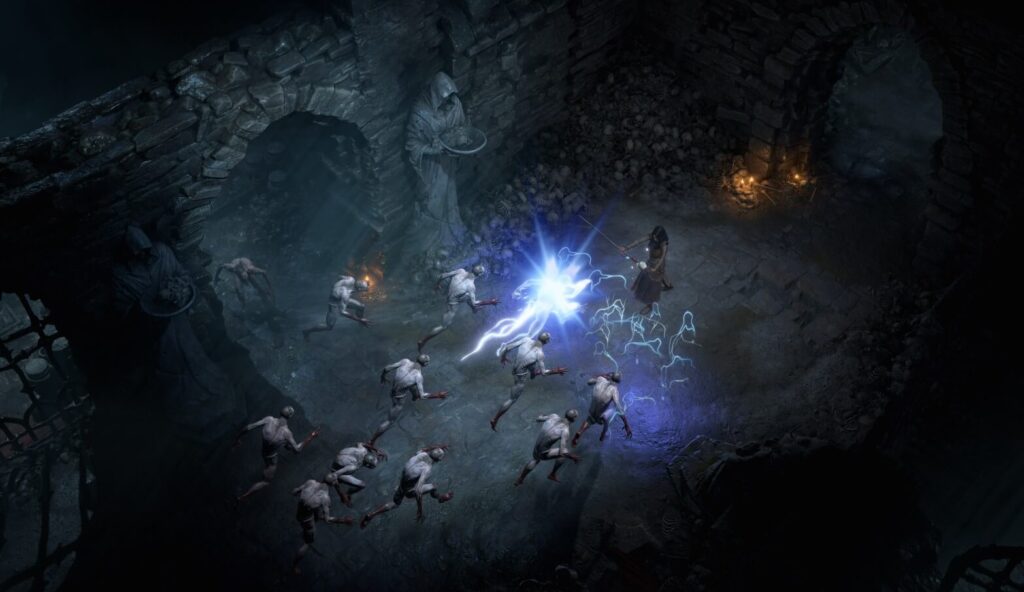
The story has been more than refreshed, with enhanced staging, while the gameplay has remained the same. Old habits die hard, right? Probably, since Diablo IV’s gameplay is still top-notch and strictly based on the same principle: you smash enemies, collect their equipment, smash more powerful enemies, and so on. Getting used to the game is almost immediate: one joystick to move, a dodge button, and the others to launch abilities.
Combat sensations are always exhilarating depending on the number of enemies you destroy, even if you may be frustrated by the automatic aiming system, which just doesn’t respond to the joystick. It’s not difficult to understand, but that doesn’t mean it’s simple. You could even say that Diablo has gone back 25 years on this subject.
It’s Diablo 2 skill tree, modernized, that is back. It’s divided into seven tiers, each representing a specific set of powers. The first is for basic attacks, the second for main skills, and the penultimate for ultimate skills. A similar architecture, with the background changing according to your class. There are 5 for the Diablo 4 launch: the barbarian relies on his four-weapon arsenal and hand-to-hand combat, the thief relies on his agility and can attack with his bow and dagger, the necromancer uses blood magic and undead summons, the sorcerer uses wide areas spells using fire, lightning or frost, the druid can transform into animal forms and use nature’s magical powers. Each of these classes has its own identity, thanks to their powers and their class quest. These enable them to improve some aspects of their abilities.
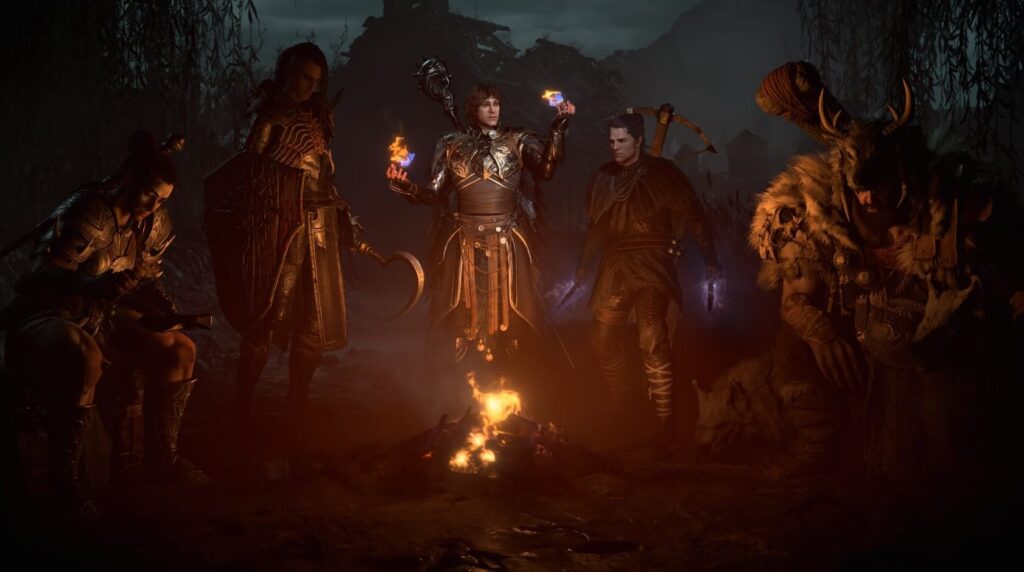
Once the choice of a class has been made ( a difficult decision, just like the choice of the Pokémon to begin with), the player levels up. Each class has at least three main specialties. The sorcerer, for example, specializes in Fire, Lightning, and Frost.
Build definition: set of equipment and skills that define a character’s gameplay style. For instance, the sorceress’s Fire build enhances the class’s fire spells.
The variety of builds, of course, doesn’t stop at these three default options. It will probably be less interesting than that of competitors in the genre, but is still very convincing. There are plenty of things to try out, and it’s fun to craft an effective build against an enemy that has given you a hard time many times. However, using the interface doesn’t make things easy. You lose a lot of time in the menus when you reset your talents. We’d have liked to have a profile page where we could save the builds we’ve created, so we wouldn’t have to redo everything manually when the situation calls for it.
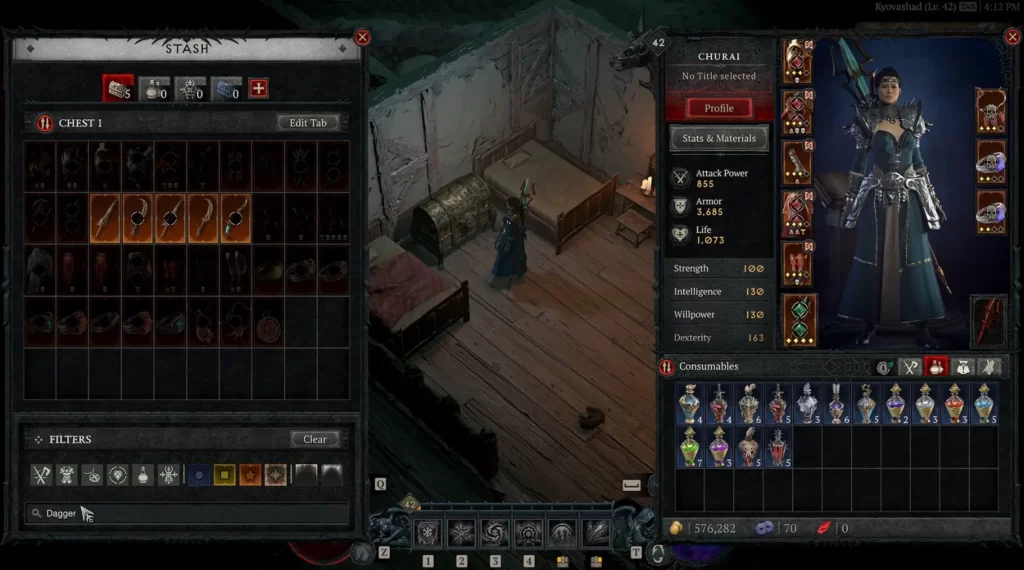
The same is true for equipment, which is just as useful as spells for blowing up demons. Especially legendary or unique ones! A type of rarity reserved for items that directly influence your spells. Some can increase a necromancer’s blood wave count, while others can boost a druid’s hurricane power for as long as he remains in the field. There are many legendary items to pick up in Diablo IV, and even after 40 hours in the Sanctuary, it feels like you’ve only seen a fraction of them.
Is Diablo IV hard?
Difficulty is always a tricky subject when it comes to Diablo. Diablo 2 is considered too hard by some, and Diablo 3 too easy by others. With Diablo 4, we really feel that Blizzard has managed to aim right. The campaign is available in World Tier 1 or World Tier 2, and serves as a long introduction to the game’s mechanics. World Tier 1 is designed for beginners, while World Tier 2 can present a few challenges, but nothing too major. There’s always an Extreme mode for those looking for a challenge: a mode where death means deletion of your character. The challenge really begins in World Tier 3, which can be unlocked once the campaign is over. But we’ll come back to this in the Endgame section of this review.
An Open World That Rewards Demon Hunting
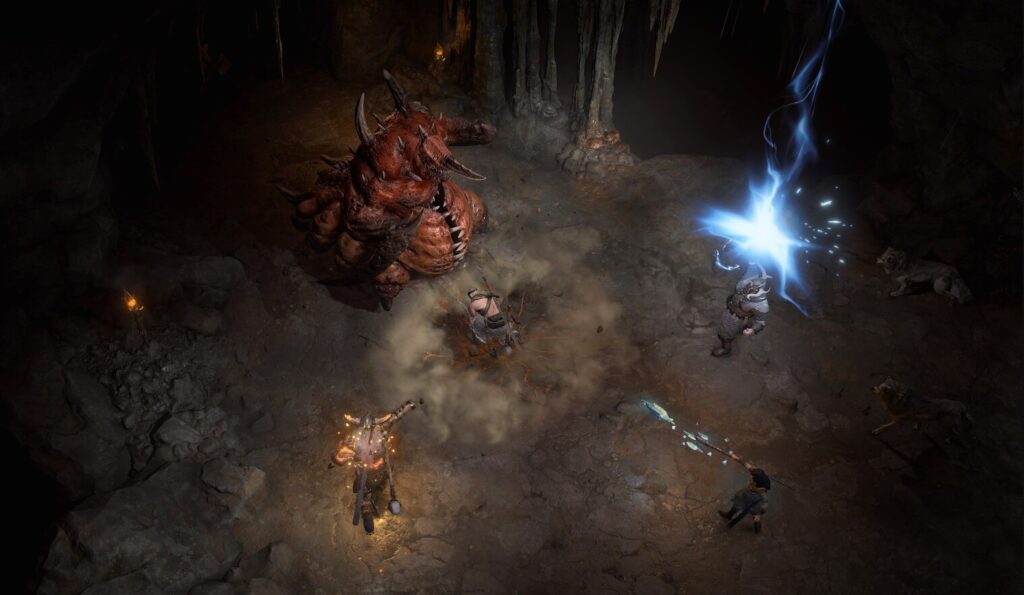
Well, overall, there is nothing new under the Sanctuary sun, you might say. Well, you’d be right. In addition to a much more spectacular setting than before, Diablo 4 distinguishes itself from its predecessors above all through its exploration. Our hero roams the continent of Estuar, an open world divided into five different regions. Snowy peaks, swamps, endless deserts, and demonic zones of all kinds, the biomes are varied.
Some of them even give the feeling (good or bad, depending on your point of view) that they could have been used as part of a remaster of the first episode. Unfortunately, some players will regret the extent of Estuar’s open-world nature: you can go wherever you want from the start, but monsters of a much higher level than your character may discourage you from doing so.
But is this really a flaw? Not really, thanks to the numerous side activities. We won’t go into detail here, but they do break up the monotony of a journey, whether it’s for a side quest or the main campaign. As well as providing equipment for your character, they also have a second purpose: to benefit the Alt characters. The discovery of new zones, the recapture of enemy strongholds, and side quests enable the accumulation of Renown. It’s a kind of popularity bar, specific to each region, which unlocks account-related rewards via five tiers. These bonuses can be an additional potion or the allocation of a new skill point.
These are welcomed rewards that help to make up for the repetitive nature of some of these tasks. This redundancy is bound to irritate some players, especially in dungeons where the bosses are often the same. However, there’s a real pleasure in exploring, and the game doesn’t reveal all its secrets too quickly, so once again, you’ll still want to discover them after spending a good forty hours in Estuar. The only downside to this exploration comes from the fact that, in my opinion, it lands too late in the game.
Alt Characters: how do they work?
In Diablo 4, almost everything is linked between characters. Obols, gold, horses and the legendary aspects of dungeons! So, we’d advise you to finish the campaign as quickly as you can, if you want to get your own horse. In this regard, alternative characters will be able to skip the campaign and go straight to the first capital with the benefits of Renown. The Tree of Whispers, which we’ll be discussing next, is also available.
Endgame: When It’s Over, It’s Still There
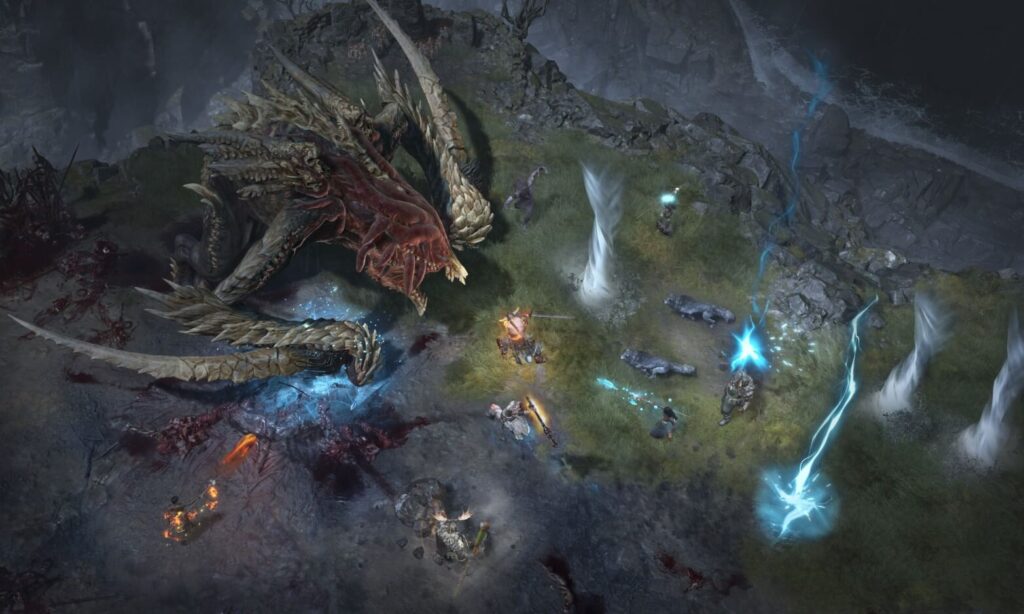
Despite a solid campaign and a wealth of exploration activities, it’s probably the endgame content that interests most players. They’re few and far between, but some of them should tease if not overwhelm players looking for a challenge. Once the campaign is complete, a special dungeon can be completed to unlock World Tier 3. A world level that makes the game more difficult, gives access to Sacred rarity items and access to these new challenges.
Nightmare dungeons offer the greatest replay value, thanks to Sigils: amulets that make dungeons more difficult by adding special features. For example, the player heals more easily, but enemies can teleport and inflict ice damage. A principle that serves the game’s basic purpose ( finding the right build to succeed in order to get the best equipment) perfectly combined with the large number of dungeons available. Here, you can pick up more Sigils, as well as Glyphs to insert into your paragon.
Another new feature is the Tree of Whispers. Away from the tense battles of the Nightmare dungeons, the Tree of Whispers offers players a cache of equipment of the category (legs, torsos, one-handed sword, etc.) of their choice. To gain access to this chest, all you have to do is complete activities in a predefined area to collect the awards. 10 of these awards and you’ve got yourself a deal. The Tree of Whispers quickly becomes repetitive for a high-level character, but is an excellent way of quickly equipping your Alt characters.
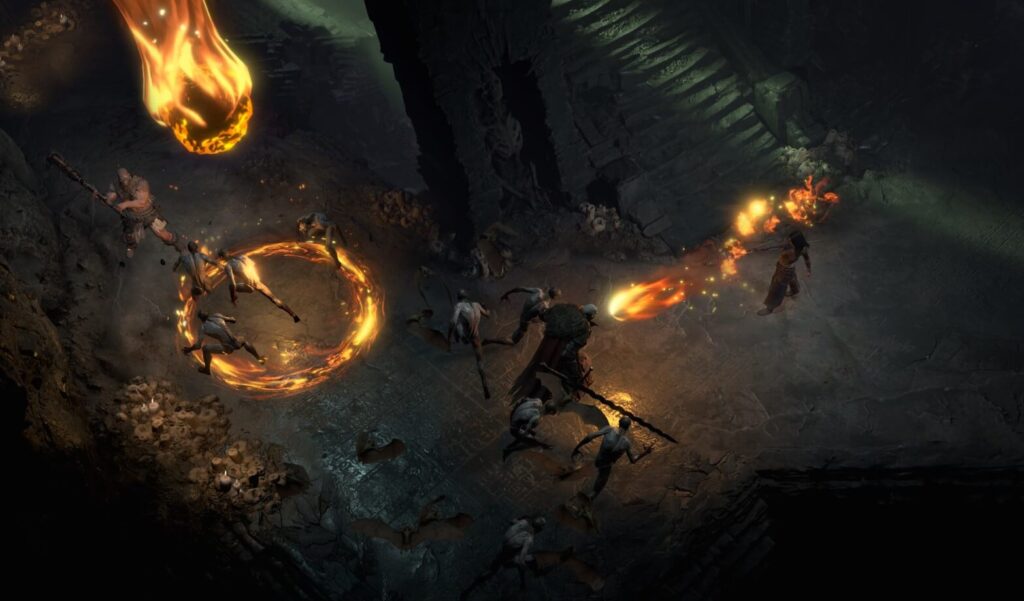
In a rather more demanding challenge, the Infernal Waves seem perfect for those looking for a balance between the Tree and the Dungeons. Randomly, an area of Estuar will be invaded by demons, and defeating them will give the player ashes that can be used to open chests scattered around the area. This is particularly interesting when you consider that the same chests will always offer the same category of equipment.
There are also the Fields of Hatred and the World Bosses, which players can complete once the campaign is over. The first one is a fixed zone acting as a PvP zone: for the time being, it only provides cosmetics and seems to display difficulties in scaling damage between two characters of different levels. World bosses are titanic monsters to be confronted by a group of twelve in a limited time. These are epic battles, thanks to the music and the high-mounted camera, which once a week gives you access to some very interesting equipment.
New features on release and post-launch
While the endgame content looks promising rather than revolutionary, we shouldn’t forget the arrival of seasons. Blizzard seems to have planned things in a big way, and this could greatly change the gaming experience. See you in July for Season 1, and don’t forget the inclusion of the store and battle pass, which were not available during our review session. Something that could also change the game from June 02 onwards.
Beauty of the Devil
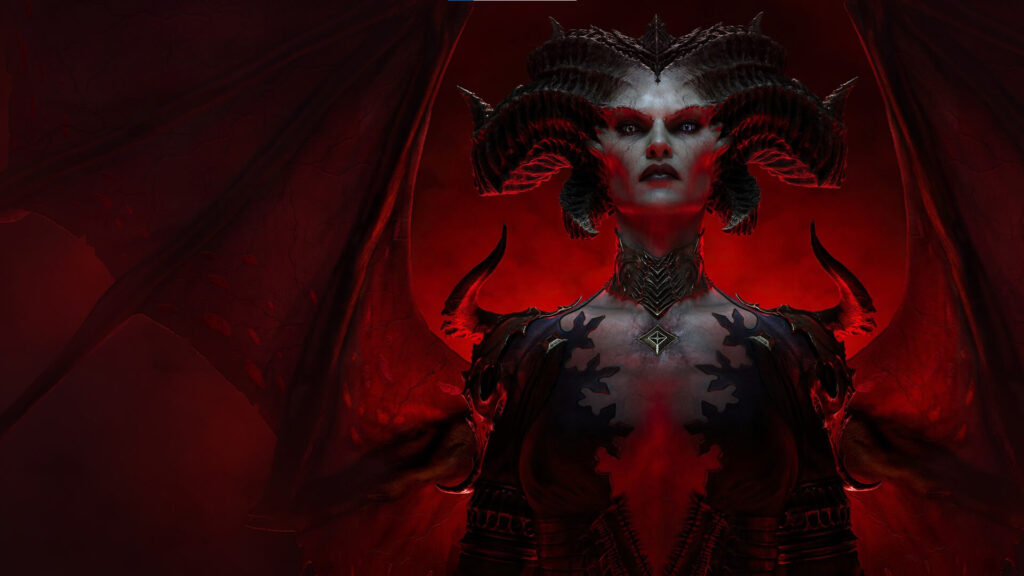
Diablo IV excels in all the areas mentioned above. But it’s its artistic direction that really stands out. We’ve already talked about the cinematics, which we would have preferred to see in the cinema. The various biomes, also briefly mentioned above, are constantly renewed: the interplay of light, the day/night cycle and the weather once again provoke a sense of discovery.
The Fractured Peaks, for example, can be enjoyed in many different ways: in bright sunshine or snow at night. This is even more obvious when you’re on horseback: the camera rises up on its own, giving a different perspective to the exploration. It’s a shame, though, that we can’t control it: it’s a little too close to the character when he’s on foot, sometimes making it hard to anticipate.
The overall atmosphere of Estuar, in the grip of a conflict that overwhelms its inhabitants, has also been wonderfully portrayed: in over 40 hours, we’ve never felt a sense of discomfort, desolation, or pity. A fact made all the more impressive given that, ironically, the game’s settings regularly provoked exclamations of praise for their elegance: Diablo 4 succeeds in making the various misfortunes encountered by the citizens of Estuar both beautiful and, more importantly, vibrant.
The soundtrack is equally impressive: it includes nods to Diablo 2 and offers a wide range of tracks that can be enjoyed even outside the game. Tracks suited to sadness, desolation, and epic battles. Basically, Diablo.
Conclusion
Eleven years after the release of Diablo 3, the Diablo franchise makes a classy return to both PC and consoles with Diablo 4. This fourth installment stands out from its predecessors thanks to its immersive story, impressive staging, and outstanding visual and audio quality. Diablo 4 knows how to remain accessible while offering a difficulty level that should shake up challenge enthusiasts. Diablo 2 nostalgic fans will find their wish granted, with a similar artistic direction highlighted in different ways: everything screams desolation and doom, while remaining elegant. Diablo 4 is not a revolution like its predecessors, but Blizzard has delivered a more than accomplished formula for its saga, which is now the best way to discover it.
The game will be available on June 6 for PC, PlayStation 4, PlayStation 5, Xbox One, and Xbox Series.
